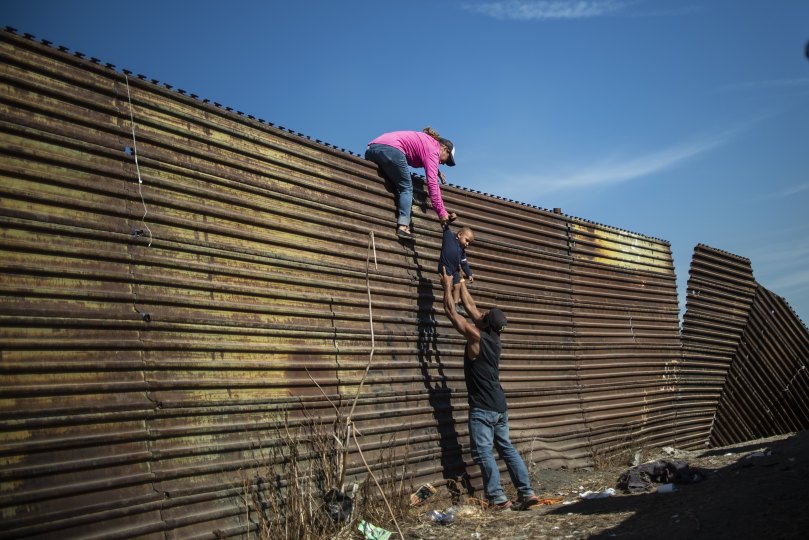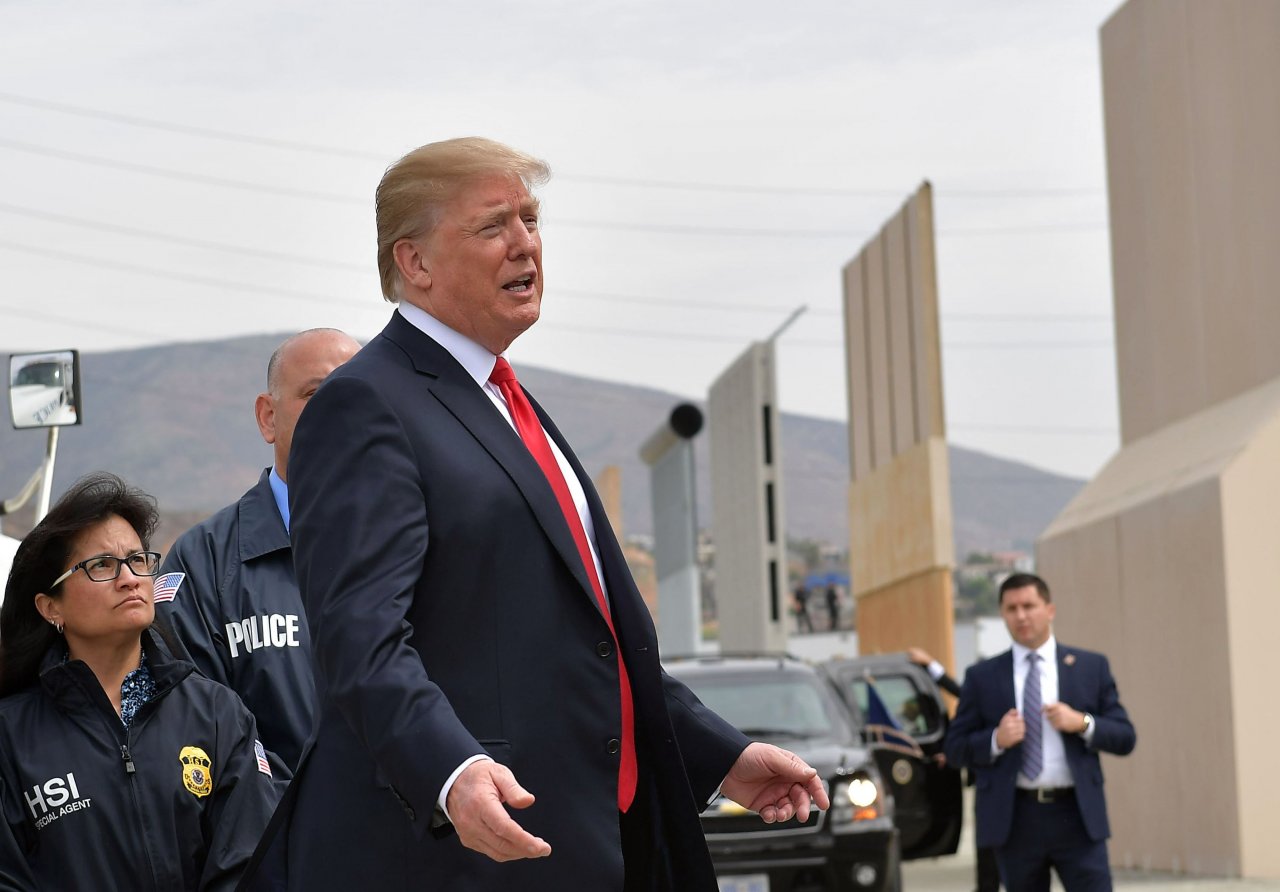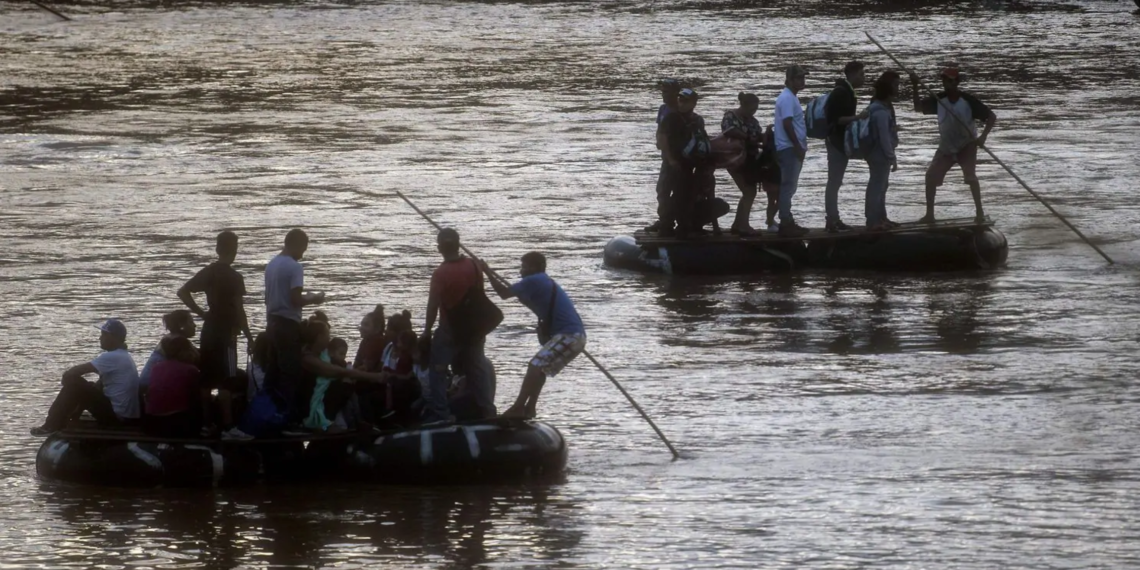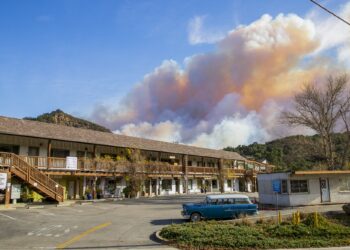Gurupreet Kaur was only a few days shy of her seventh birthday. Born in the dusty plains of northwest India, she died of a heat stroke – alone and abandoned in an alien landscape under the unforgiving summer sun of the United States’ Arizona desert.
Until she was literally baked to death, this little girl had traveled some three continents covering tens of thousands of miles by air, train, and foot. Her tiny feet crisscrossed mountains, ravines, jungles, and swamps. She negotiated swathes of this territory undocumented while holding the hand of her mother, who barely spoke any other language than her native Punjabi.
"An Arizona medical examiner said Friday that 6-year-old Gurupreet Kaur had died of hyperthermia. Temperatures in the area where [US Border Patrol] agents found her remains Wednesday hovered around 108 degrees."
Six years old.
Heartbreaking. https://t.co/WZO5qA7oUR
— Sikh Coalition (@sikh_coalition) June 15, 2019
Until Gurupreet’s brief life was cut short, she was a part of thousands of other clandestine migrants questing for the land of milk and honey. She was let down by her mother, who risked it all while chasing an unfulfilled dream. Gurupreet was also a victim of the billion-dollar human smuggling ring that spreads from Asia and Africa to the Americas.
Little Gurupreet died a cruel death through no fault of her own. With her death, she also transferred her burden to us: to tell the story of thousands like her, who for years have been pursuing an elusive dream – often making it but increasingly finding themselves in life and death scenarios during their undocumented travel to the United States.
In the current preoccupation with the issues of illegal migration from Central America through Mexico to the United States and all the politics and economics surrounding it, one aspect that has not received adequate attention is non-Central American migrants making their way to the United States.
Migrant Trail
The mosaic of ethnicities represented in the migrant trail is simply baffling. The melange consists not only of half a dozen Latin American nationalities but also of people from as far afield as Asia and Africa.
While Central Americans are predominant, the trail is punctuated by the presence of Bangladeshis, Congolese, Eritreans, Indians, Nepalis, Nigerians, Pakistanis, and people with many other nationalities too.
The common thread that unites these disparate nationalities from Asia and Africa is their quest to make it into the United States. They are united further by a network of people smugglers from the very beginning of their trail. It might have started in the grasslands of Africa or the floodplains of South Asia and end up all the way at the U.S.-Mexican border.
Hypothetically, perhaps, if there were no people smugglers at every stage of this trail, there wouldn’t be as many Asian-African migrants on this route.
Not speaking the local language and finding themselves in an extremely foreign landscape, these migrants often appear like a fish out of water. Yet they march on. They have traveled thousands of miles in the most inhospitable conditions. They have successfully evaded several border crossings, and they are almost at the gates of the fabled kingdom. The remaining distance to cover is only a fraction of the journey they have made so far. They are not going to let anything undermine their quest.
The story of these non-Latin American migrants seeking to make it to the United States is one that both intrigues and shows resilience. Each of these individuals carries their own narrative. Their endurance is both perplexing and amazing.
How, for instance, did they manage to make it to the Central American jungles when their native lands are thousands of miles away across mighty oceans? How did they cross several sovereign frontiers without any paper? What is it that they have been fleeing from? What can the U.S. provide that they don’t find at home?
Trodden Path
There is one push factor that unites all the migrants now stuck along the Mexican border: they are all fleeing – fleeing from something. Very often it is persecution in their homeland that dominates the escapee’s account. However, scratch the surface a bit, and one is confronted with a different storyline.
Unlike their Central American counterparts, the migrants from Asia and Africa seeking to make it to the United States and now stuck in Mexico are relatively well off economically. For their journey, they invest heavily both in terms of money and physical endurance.
At the start of their passage, they co-opt migrant-smuggling travel agents in their places of origin. These “agents” arrange the first leg of their journey – for a price. With the very basic information and contact provided by the smugglers, the dream-seeker buys a one-way ticket to one of South America’s Andean countries such as Ecuador or Bolivia where visa restrictions are somewhat lax.

From then on, they are met by another set of people smugglers colloquially known as “mules.” These smugglers take them across the Andean Altiplano and through the highlands and jungles of Colombia until they arrive on the Panamanian border.
Traveling in groups, they then employ local people smugglers to take them through the notorious swamps and jungles across the Panamanian border known as Darrien Gap. Once in Central America, they cough out more money to mules until they arrive at Mexico’s southern border.
With increasing vigilance by Mexican immigration authorities monitoring road networks, these undocumented migrants hop into several freight trains moving north until they reach the border with the United States. Here, in the last leg of their journey, their fate is decided by “coyotes,” the local people smugglers. Claiming an intimate strategic knowledge of the weak points in the longest and most heavily guarded land border, the coyotes pocket the remaining wads of money in possession of the migrant. Once they drop the migrant across the border, it is for that person to take care of their own fate.
This massive modern-day migration trail is neither for the faint-hearted nor for those with shallow pockets.
The migrants from Asia and Africa trying to make it to the U.S. through this route often invest large sums of money, running into tens of thousands of dollars. The question is how they could raise such amounts if they were fleeing persecution and conflict back in their home countries? More importantly, how convincing are the stories of persecution when the concerned migrant is from Bangladesh, Ghana, India, or Nigeria? Albeit relatively underdeveloped, these are stable places with no known conflicts in the last several decades.
If you discount the Honduran, Eritrean, or odd Iraqi that are actually fleeing gangland violence or genuine persecution back home, most non-Latin migrants on this trail are in it for economic reasons.
Finding a foothold in the West is now a status symbol in parts of South Asia. Gurupreet’s mother, for example, was not escaping poverty or persecution. She simply wanted to make it big, no matter how daunting or dangerous that undertaking might have been.
Smuggling Business
Gurupreet’s mother and thousands of others like her chasing the American dream fuel a vast network of criminals across the terrain they travel through. Thanks to the money that the undocumented Asian and African migrants contribute towards their passage, people smuggling in Mexico and the Central American region is now an established unregulated industry. According to some estimates, migrant smugglers in the region earn about $35 billion per year.

Once upon a time, individual people smugglers led this enterprise. That informal sector is now replaced by big cartels. Where big money involved, there is violence. Cartels along the Gulf of Mexico now kill their rivals with impunity; just so that the lucrative migration money does not go their competitor’s way.
Indirectly, migrants from Asia or Africa contribute to a trail of death and destruction along the way. Occasionally the likes of Gurupreet die a painful death, but many more demises remain unreported and undocumented.
Disclaimer: The views and opinions expressed here are those of the author and do not necessarily reflect the editorial position of The Globe Post.






















